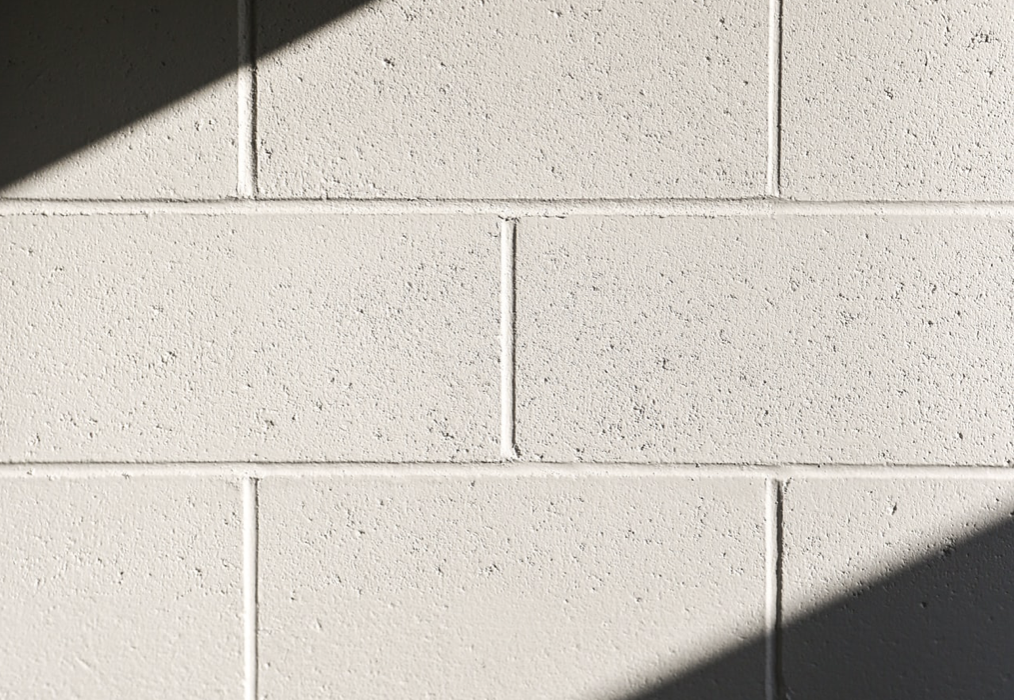Brickwork construction has been used for thousands of years for its strength, durability and aesthetic qualities. Both residential and commercial construction projects regularly use this versatile building material. Made from clay and fired in a kiln, many people are unaware there are two key brick types: face brick and common brick. But, what is the difference between these two brick types? Here’s everything you need to know about face brick vs common brick.
What is a Common Brick?
Common bricks are the standard brick type and the most abundantly used building material in modern construction. This brick variation is made from basic brick clay, with no special appearances, surface treatments or colour control. Suitable for various applications such as vertical brick walls, fences, retaining walls and multi-residential walls, common bricks are best for internal and structural purposes. The colour and texture may vary from brick to brick, so they are often rendered for a clean finish.
What is a Face Brick?
If the purpose is to build an aesthetically pleasing commercial building or family home, we suggest opting for a face brick versus a common brick. As the name implies, a face brick tends to have a more aesthetically pleasing appearance in comparison with a common brick. Intended to be seen externally, in for example the facade of a multi-residential building, face bricks often use different methods of production and composition of raw materials to create pleasing and attractive brick designs. This type of brick typically does not require rendering, and the colour and sizes can be customised to suit the look and feel of your construction project.
Unlike common bricks, face bricks are uniform in colour and smoother in texture. We are certainly seeing more architects and designers incorporate face brickwork into their designs as a mega trend in architecture and design today.
Key Similarities & Differences Between a Face Brick vs Common Brick
So, what are the key differences between a face brick vs a common brick?
1. Face Bricks Offer More Colour Variations
While common bricks are made with brick clay and are predominantly red, face bricks are available in a diverse range of colours and shapes. Both the the mineral content and the firing process (temperature and duration) influence the colour of the facing brick.
2. Face bricks and common bricks vary in size
Generally, face bricks will follow the same size standards as a common brick, however, they can be produced in other sizes for aesthetic purposes.
3. Common bricks are slightly rough in texture
Common bricks are often made with clay containing fewer fine particles, and therefore, are rough in texture. Face bricks are often pressed to create a smooth, even brick shape.
4. Common bricks and face bricks have different construction purposes
Common bricks are always used for an internal and structural purpose, whereas face bricks are used for aesthetics.
There is one key similarity between a face brick vs a common brick. Both are manufactured to be fire-resistant, weatherproof and energy-efficient. Brickwork is capable of controlling and minimising moisture, while also insulating buildings from the heat and cold. As a fireproof building material, bricks do not burn when exposed to fire as they are manufactured and fired at a temperature around 1000 degrees celsius.
Contact Solutions Built About Using Common Brick vs Face Brick For Your Construction Project
So, common brick vs face brick: what is best for your construction project? If you plan to use brick as your main construction material, your project will require both common brick and face brick. Our skilled team of bricklayers at Solutions Built are experienced in every aspect of blockwork and brickwork. From functional to decorative, our bricklayers can supply quality services that guarantee lasting results.
